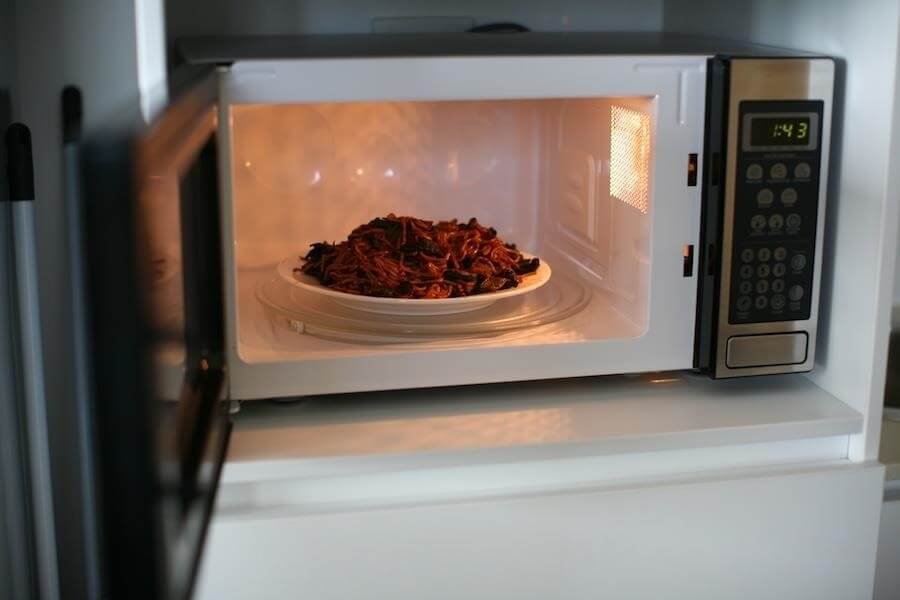Microwaving Food: Unveiling the Myth of Nutrient Destruction
For years, a prevalent myth has persisted that microwaving food destroys its nutrients, leaving meals depleted of their original health benefits. Where did this misconception originate, and is there scientific validity behind it? Let’s debunk this myth and establish the science of microwaving food based on factual evidence.
Origin of the Myth
The origin of the myth likely traces back to the inception of microwave ovens themselves. Microwave ovens, a revolutionary invention in the 1940s, cook food using microwave radiation, which directly heats up the water molecules in the food. Due to misunderstandings and limited public knowledge about radiation at that time, people were skeptical and speculated about potential harms, including the notion that microwaving could destroy nutrients in food.
Understanding Microwave Cooking
Microwave cooking utilizes electromagnetic waves that oscillate at a frequency conducive to agitating water molecules. These agitated molecules produce thermal energy, leading to the cooking of food. Contrary to popular misconceptions, the process doesn’t infuse food with radiation or fundamentally alter it in any detrimental way.
Nutrient Retention in Cooking Methods
Cooking, regardless of method, always influences the nutritional value of food to some extent. Factors include cooking temperature, duration, and the amount of water used. The reality is that all cooking methods can lead to nutrient loss, particularly of water-soluble vitamins like vitamin C and some B vitamins. However, because microwave cooking often requires shorter cooking times and minimal water, it can actually help preserve nutrients better than some traditional cooking methods.
A study published in the Journal of Food Science found that microwave cooking preserved more vitamin C in broccoli compared to boiling or pressure cooking (1). Similarly, another research study determined that spinach retained nearly all its folate content when cooked in a microwave, compared to a significant loss when cooking on a stove (2).
Addressing Concerns of Uneven Cooking
Critics of microwave cooking often cite uneven cooking or “cold spots” as a concern for nutrient loss. While it’s true that microwaves can sometimes cook unevenly, stirring food or allowing it to stand for a short period after cooking can mitigate this issue. Moreover, the presence of cold spots doesn’t necessarily equate to significant nutrient loss.
Radiation and Nutrient Interaction
The myth may also stem from misconceptions about radiation’s impact on food nutrients. Microwave radiation is non-ionizing, meaning it doesn’t have enough energy to ionize atoms or molecules or remove tightly bound electrons. Thus, it doesn’t break down the nutrients in food at a molecular level any more than conventional cooking methods do (3).
Microwaving and Antioxidants
Microwaving has also been found to be beneficial in preserving and even enhancing the antioxidant activity in some fruits and vegetables. A study in the Journal of Agriculture and Food Chemistry showed that microwaving could help maintain higher antioxidant activity in certain vegetables compared to boiling (4).
Conclusion
The idea that microwaving destroys more nutrients in food than other cooking methods is a myth not supported by scientific evidence. In fact, microwaving can often be a nutrient-preserving option due to its quick cooking times and reduced use of water. It’s crucial to base our dietary decisions on factual information and a well-rounded understanding of the various cooking methods and their impact on our food’s nutritional value.
Sources
- Vallejo, F., Tomas-Barberan, F. A., & Garcia-Viguera, C. (2003). Glucosinolates and vitamin C content in edible parts of broccoli florets after domestic cooking. Journal of the Science of Food and Agriculture, 83(14), 1511-1516.
- Song, L., & Thornalley, P. J. (2007). Effect of storage, processing and cooking on glucosinolate content of Brassica vegetables. Food and Chemical Toxicology, 45(2), 216-224.
- Osterdahl, B. G., Koehler, P. E., & Kappas, A. (1983). Effects of a microwave oven on nutrient content of foods. Critical reviews in food science and nutrition, 18(4), 431-437.
- Miglio, C., Chiavaro, E., Visconti, A., Fogliano, V., & Pellegrini, N. (2008). Effects of different cooking methods on nutritional and physicochemical characteristics of selected vegetables. Journal of Agricultural and Food Chemistry, 56(1), 139-147.


